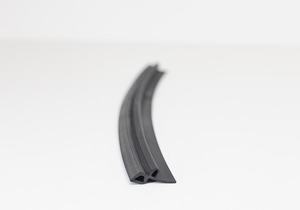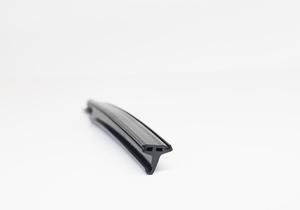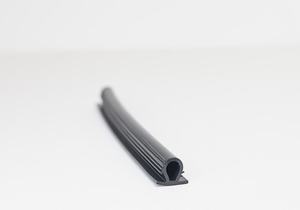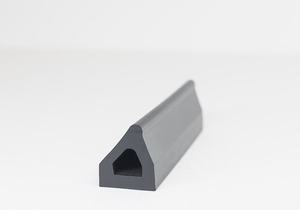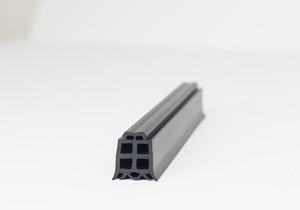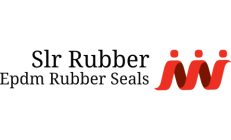EPDM (Ethylene Propylene Diene Monomer) rubber seals are versatile and widely used components in various industries and applications due to their exceptional properties and durability. This very long description will explore EPDM rubber seals in detail, covering their composition, characteristics, applications, advantages, and maintenance considerations.
Composition: EPDM rubber seals are primarily composed of ethylene, propylene, and diene monomer units. The combination of these materials results in a polymer that exhibits excellent resistance to environmental factors such as sunlight, ozone, weathering, and temperature extremes.
Characteristics:
- Weather Resistance: EPDM rubber is renowned for its exceptional weather resistance, making it ideal for outdoor applications. It can withstand prolonged exposure to ultraviolet (UV) radiation and extreme temperature variations without deteriorating or becoming brittle.
- Chemical Resistance: EPDM seals exhibit resistance to a wide range of chemicals, including acids, bases, and many solvents. This chemical stability makes them suitable for applications where exposure to corrosive substances is a concern.
- Flexibility and Elasticity: EPDM rubber is highly flexible and elastic, which allows it to maintain its shape and sealing properties even when subjected to repeated compression and expansion cycles. This property ensures a reliable and long-lasting seal.
- Low-Temperature Flexibility: EPDM remains pliable at low temperatures, making it suitable for use in cold climates where other rubber materials may stiffen and lose their sealing effectiveness.
- Water and Steam Resistance: EPDM is impermeable to water and can also withstand exposure to steam, making it suitable for sealing applications in plumbing and steam systems.
- Electrical Insulation: EPDM rubber has good electrical insulating properties, making it useful for applications where electrical conductivity must be minimized.
Applications:
EPDM rubber seals find applications across a wide range of industries and sectors, including:
- Automotive: EPDM seals are commonly used in automotive applications, such as door seals, window seals, and gaskets, due to their weather resistance and durability.
- Construction: EPDM seals are used in construction for sealing doors, windows, and roofing materials. They provide effective weatherproofing and thermal insulation.
- HVAC (Heating, Ventilation, and Air Conditioning): EPDM gaskets and seals are used in HVAC systems to prevent air and moisture infiltration, ensuring energy efficiency and comfort.
- Electrical and Electronics: EPDM rubber is used as a protective cover for electrical connectors and insulating materials in various electronic devices.
- Plumbing and Pipelines: EPDM seals are used in plumbing applications, including pipe gaskets, washers, and O-rings, to provide leak-free connections.
- Marine: EPDM seals are used in marine applications due to their resistance to saltwater and UV radiation, serving as effective seals for boat hatches, portholes, and other openings.
Advantages:
- Durability: EPDM rubber seals have a long service life due to their resistance to environmental factors and chemicals.
- Ease of Installation: They are easy to install and can be customized to fit various shapes and sizes.
- Cost-Effective: EPDM seals offer a cost-effective solution for sealing and insulating applications.
- Energy Efficiency: In construction and HVAC applications, EPDM seals contribute to energy efficiency by preventing air and moisture infiltration.
Maintenance Considerations:
Maintaining EPDM rubber seals is relatively straightforward:
- Regular Inspection: Periodically inspect seals for signs of wear, damage, or degradation, especially in outdoor or high-stress applications.
- Cleaning: Clean seals as needed to remove dirt, debris, or contaminants that could affect their performance.
- Lubrication: Lubricate seals with compatible lubricants to maintain their flexibility and prevent drying or cracking.
- Replacement: When seals show signs of wear or damage, it’s essential to replace them promptly to maintain the integrity of the sealing system.
In summary, EPDM rubber seal are versatile, durable, and reliable components with a wide range of applications across various industries. Their exceptional resistance to environmental factors, flexibility, and chemical stability make them a preferred choice for sealing and insulating purposes. Proper maintenance ensures their continued effectiveness, making them a valuable asset in countless applications.
